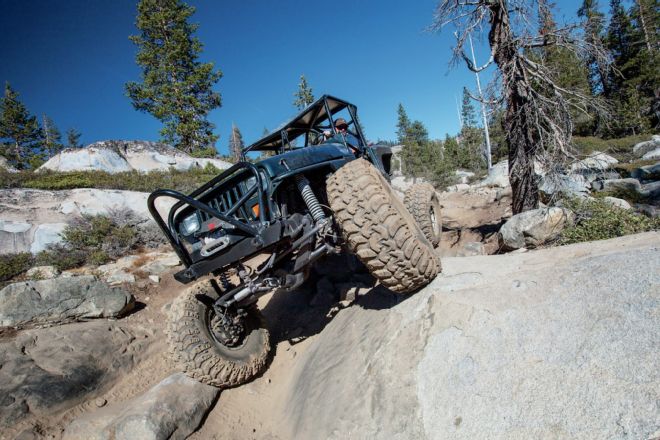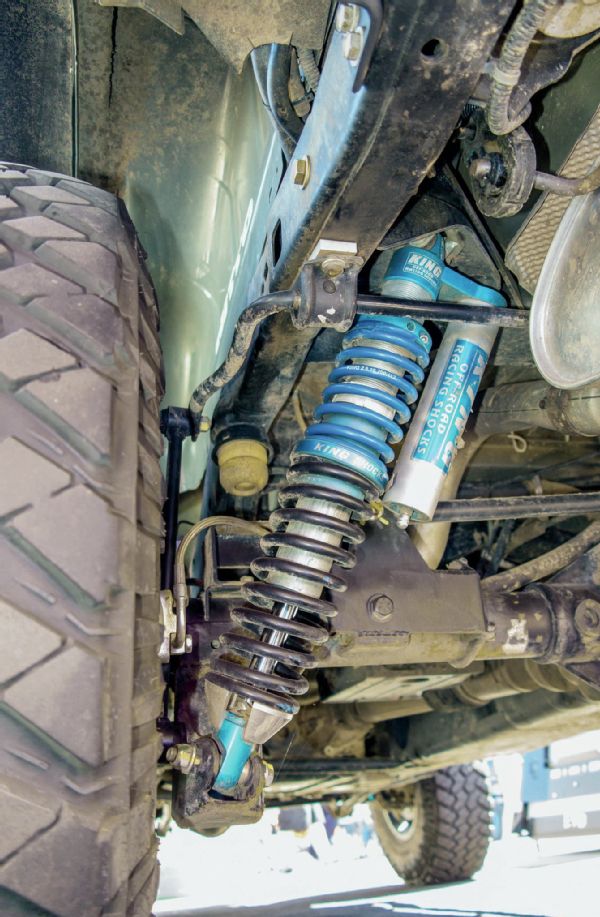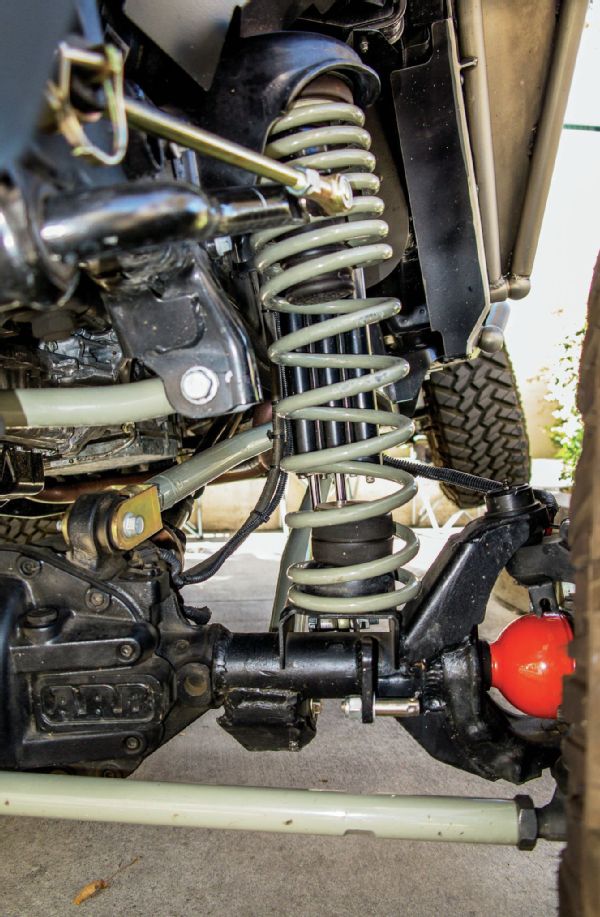
 Harry Wagner
Contributor
Harry Wagner
Contributor
Jeep revolutionized the market when they introduced the XJ Cherokee for the ’84 model year with its five-link coil front suspension. The ZJ Grand Cherokee upped the ante in 1992 with coils front and rear, and the TJ Wrangler followed suit for the ’97 model year with coil suspension front and rear. This suspension not only provided a better ride both on- and off-road due to reduced friction (individual leaves in a spring have to slide past each other has the suspension cycles) but also improved approach and departure angles since there were no spring hangers and shackles out at the end of the frame.
As good as coil springs can be, many Jeep owners scrap them for coilover shocks. These race-inspired parts integrate the coil spring around the shock body, as opposed to being separate components. Coilover shocks have several advantages over coils, but that doesn’t mean that coilovers are for everyone or that there are no advantages to coil springs.
 Note the two different color coil springs on this coilover. Coilover shocks accept multiple coils to create dual (or even triple) spring rates. The softer top coil allows for a smooth ride over small bumps, while the firmer secondary coil keeps the suspension from bottoming out or having excessive body roll.
Note the two different color coil springs on this coilover. Coilover shocks accept multiple coils to create dual (or even triple) spring rates. The softer top coil allows for a smooth ride over small bumps, while the firmer secondary coil keeps the suspension from bottoming out or having excessive body roll.
Coil springs are less expensive than coilovers, and there are situations where a separate coil and shock are easier to package. While coilover shocks are rebuildable and allow for custom valving, that is a function of the shock, and the same qualities can be found in a high-end smooth body shock that is used in conjunction with a fixed coil. One of the biggest differences between coil springs and coilovers is that lift coils are usually only offered for a given lift height and application with no spring rate information provided. This one-size-fits-all mentality works for Jeeps that are close to stock, but as you add larger axles and tires or change the drivetrain of your Jeep, the spring rates offered by off-the-shelf coils might not fit your needs.
By contrast, coils for coilover shocks are offered in a wide variety of spring rates, diameters, and lengths. The choices can be overwhelming with manufacturers including Eibach and PAC Racing Springs offering over 100 different springs each, with spring rates offered in increments as small as 25 pounds per inch. If you don’t want to spend the time and money experimenting with spring rates, traditional coil springs might be a better option for your Jeep.
 Typical coil springs use a single, linear spring rate. These are easier to produce and, as a result, cost less money to purchase. MetalCloak offers dual-rate coil springs that can be identified by the close proximity of the coil windings at the top of the spring when compared to the bottom of the spring. This results in a longer spring that can provide more droop.
Typical coil springs use a single, linear spring rate. These are easier to produce and, as a result, cost less money to purchase. MetalCloak offers dual-rate coil springs that can be identified by the close proximity of the coil windings at the top of the spring when compared to the bottom of the spring. This results in a longer spring that can provide more droop.
How To Determine Spring Rates
Coilover shocks also allow the ability to combine multiple coil springs to create a dual (or even triple) spring rate. Typically the upper/primary coil has a softer rate to allow for a smooth ride and the lower/secondary spring has a rate that is 25-50 percent higher to keep the suspension from bottoming out at speed or during hard hits. The effective spring rate is calculated by multiplying the two spring rates and then dividing by the sum of the two rates. Factors for spring rate include the vehicle weight, shock angle, amount of uptravel, and vehicle usage. Dedicated rockcrawlers can get away with lower spring rates, while Jeeps used for high speed wheeling will do better with higher spring rates. For most Jeeps, a spring rate of 175 lb/in over 250 lb/in is a good starting point.
Coilover Advantages:
Easier packaging with steering components
Simple axle mounts
Ability to customize spring rates
Coil Spring Advantages:
Work with factory bracketry
Fitment under body/tub
Lower cost







